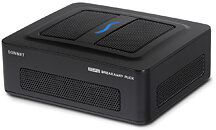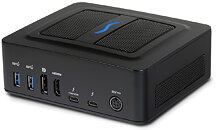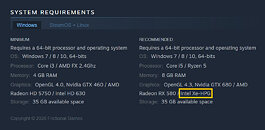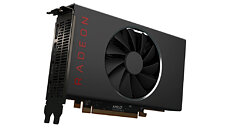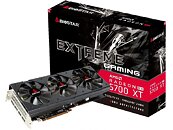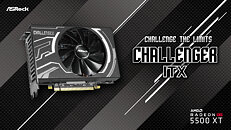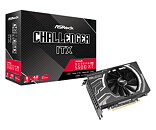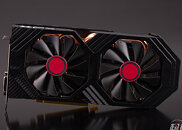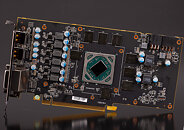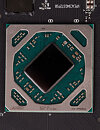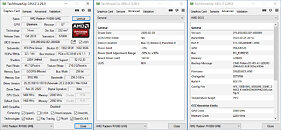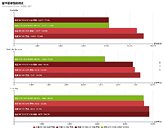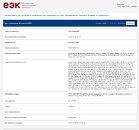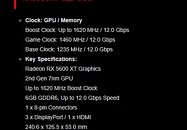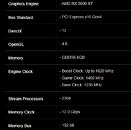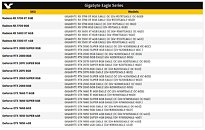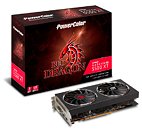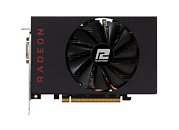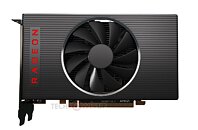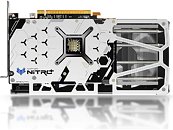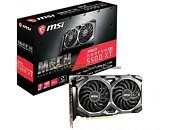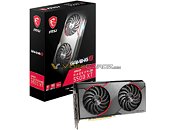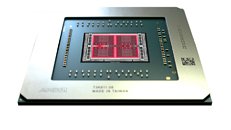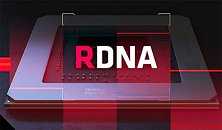
AMD Radeon Software Adrenalin 21.12.1 Released
AMD today released Radeon Software Adrenalin 21.12.1. These drivers add optimization for "Halo Infinite," with up to 17% increase in frame-rates measured on the RX 6900 XT, at 4K Ultra settings over the previous driver version; up to 19% increase measured with the RX 6800 XT, and up to 16% measured with the RX 6700 XT. Optimization is also added for "Icarus" and Blender 3.0 on RX 6000 series graphics cards. Among the fixes include a SteamVR Home noticed on the Radeon VII; driver time-outs noticed with the RX 5500 XT in "Marvel's Guardians of the Galaxy;" Radeon Software becoming unresponsive with PUBG on multi-display mode with extended display; and artifacting noticed in "Forza Horizon 5" with the car models on cards such as the RX 500 series.
DOWNLOAD: AMD Radeon Software Adrenalin 21.12.1
DOWNLOAD: AMD Radeon Software Adrenalin 21.12.1





